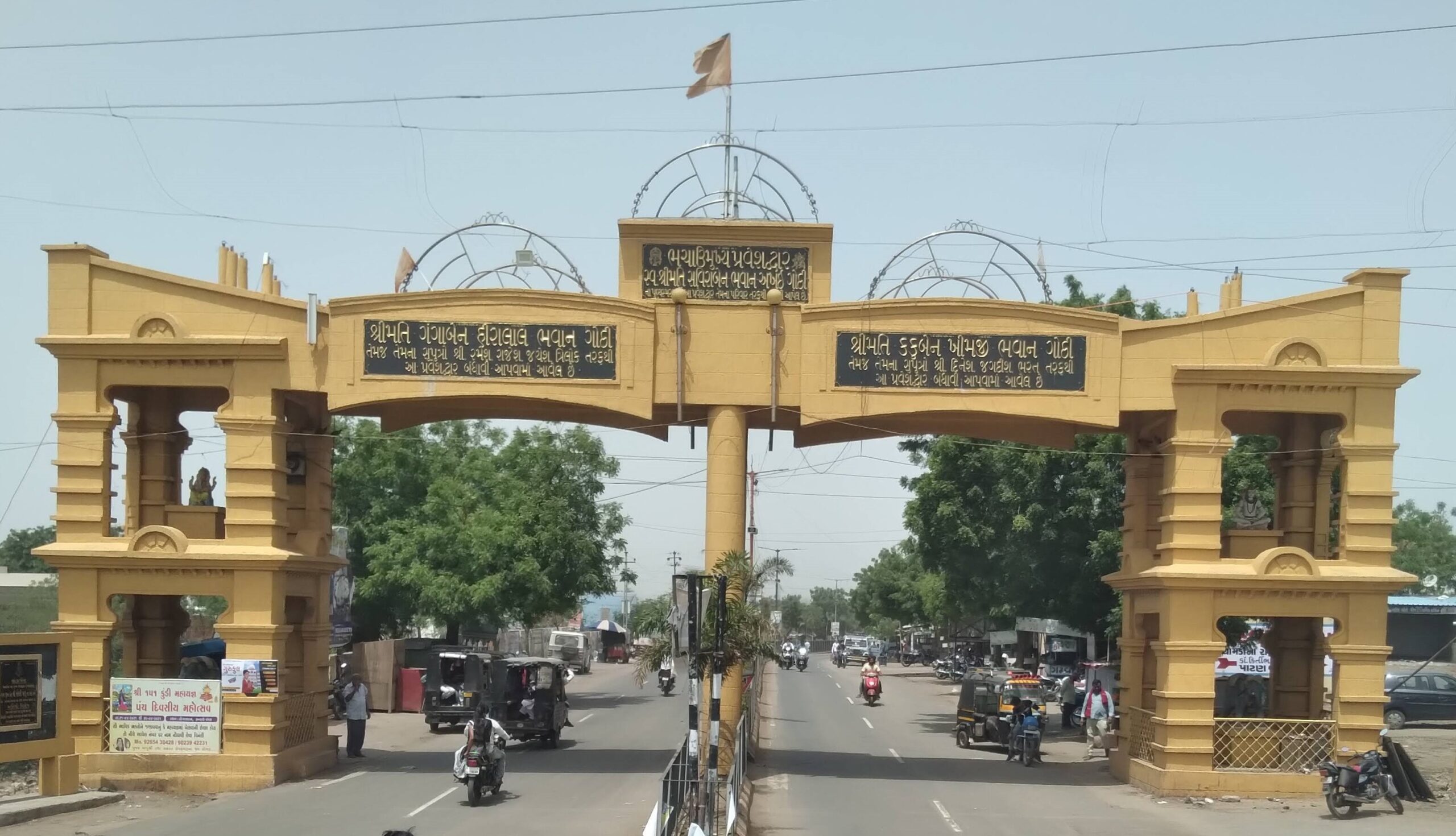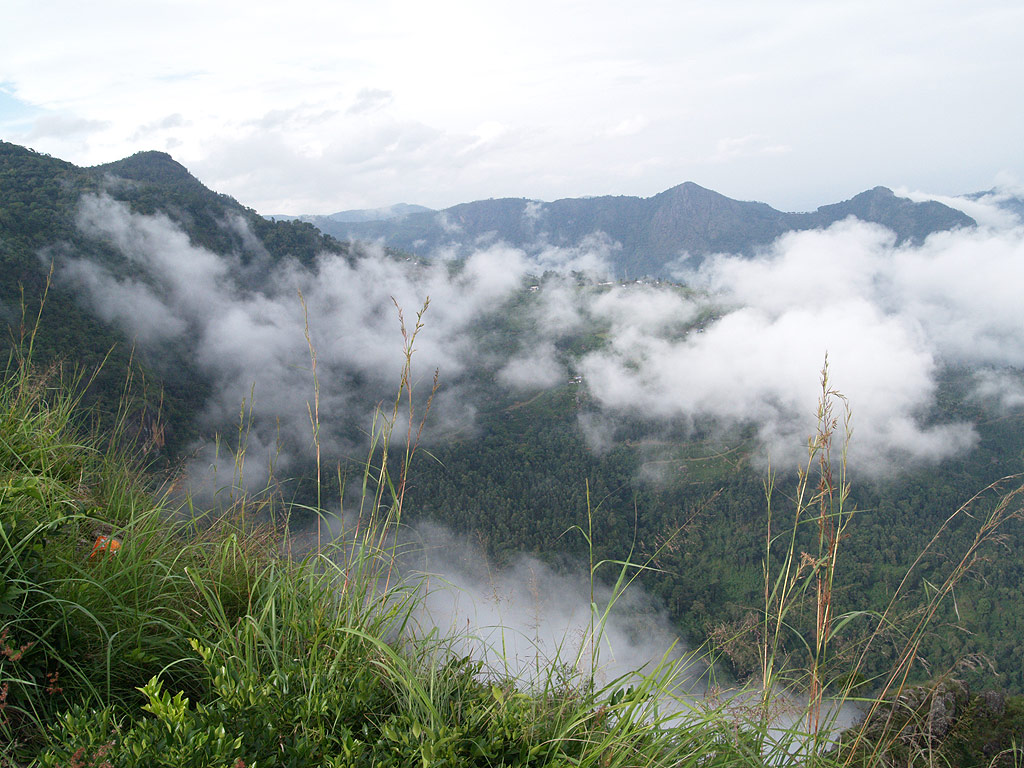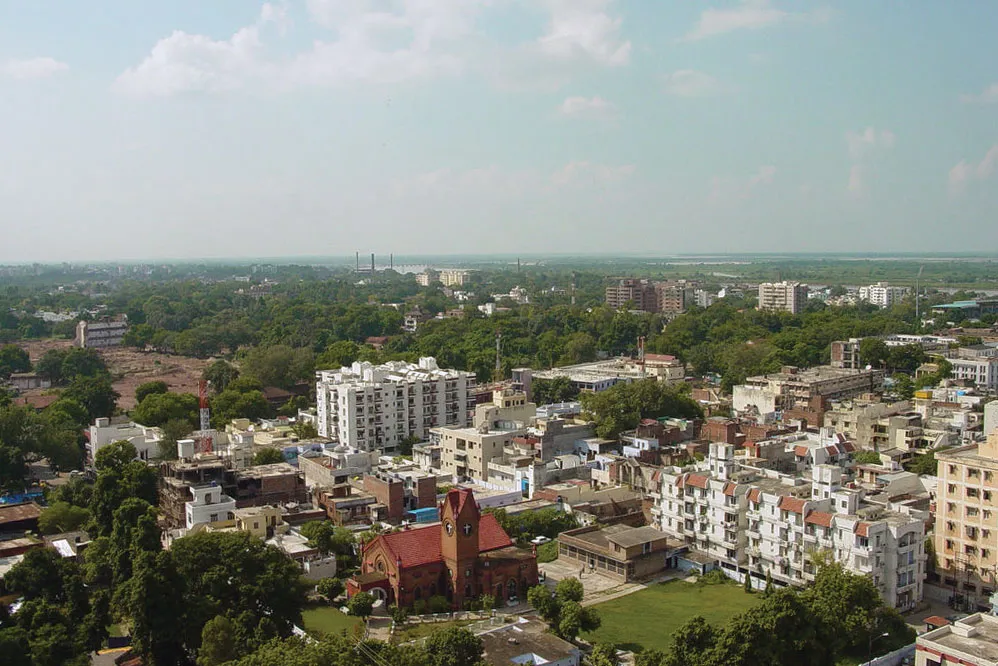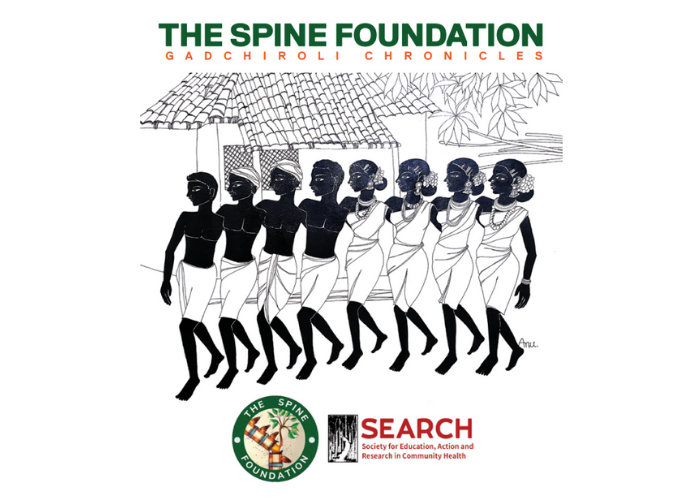Physical Preparation: Why Essential Stretching Matters

Physical work, whether it’s lifting sacks of grain in a rural farm, bending for hours in a paddy field, or operating heavy machinery in an urban factory, puts significant strain on the muscles, joints, and especially the spine. Unfortunately, many workers — both in rural and urban India — begin their tasks without any form of warm-up or stretching.
This lack of preparation can lead to spinal strain, muscle tears, joint stiffness, and even long-term disability. In fact, according to the World Health Organization (WHO), musculoskeletal disorders (MSDs) are among the leading causes of work-related disability worldwide, and India bears a substantial portion of this burden.
Stretching before work is one of the simplest and most cost-effective ways to prevent such injuries — yet it is often overlooked. This blog explores the science, benefits, and best practices of stretching before physical work, with special attention to India’s rural and urban workforce.
1. Understanding Stretching: What It Does for Your Body
Before we discuss why stretching is important, it’s essential to understand what happens in the body during a stretch.
Stretching involves deliberately extending muscles, tendons, and ligaments to their full length in a controlled manner. This:
- Increases blood circulation to muscles
- Improves flexibility and range of motion
- Reduces muscle stiffness
- Prepares the nervous system for activity
- Reduces the risk of injury by warming up tissues
When done before physical work, stretching acts as a bridge between rest and intense activity — helping muscles prepare for the demands ahead.

2. Why Stretching is Essential Before Physical Work
2.1 Prepares the Muscles for Action
Just like starting a machine without warming it up can cause damage, beginning physical work without stretching can lead to muscle strain. Stretching increases muscle temperature, making them more elastic and responsive.
2.2 Reduces Risk of Spine Injuries
The spine supports the entire body during physical labor. Sudden bending, twisting, or lifting without preparation can strain the intervertebral discs and surrounding muscles. Stretching improves core muscle readiness, reducing the risk of low back pain and disc injuries.
2.3 Improves Joint Mobility
Many rural tasks — such as weeding, harvesting, or carrying water — require repetitive bending and squatting. Stretching lubricates joints by increasing synovial fluid circulation, making movements smoother and less likely to cause wear and tear.
2.4 Enhances Blood Circulation
Stretching boosts oxygen and nutrient delivery to working muscles, ensuring they perform efficiently and recover faster after work.
3. The Indian Context: Why Stretching Matters More Here
India’s workforce is unique — a large percentage is engaged in physically demanding labor, often without access to ergonomically designed workplaces.
3.1 Rural India
- Agricultural work: Prolonged bending, carrying loads on the head or back, repetitive movements.
- Construction work: Manual lifting without mechanical aids.
- Water fetching & household chores: Often done by women, involving uneven weight distribution.
Most rural workers start work early in the morning, often immediately after waking, with no warm-up. This sudden activity can be a shock to the musculoskeletal system.
3.2 Urban India
- Factory & warehouse jobs: Repetitive lifting, assembly line work, prolonged standing.
- Delivery & logistics work: Constant lifting and carrying heavy packages.
- Domestic work: Long hours of bending, scrubbing, or climbing stairs.
Urban workers often face tight schedules and skip stretching to save time, leading to higher injury risks.
4. Medical Evidence: The Link Between Stretching and Reduced Injury Risk
Several studies validate the benefits of stretching for injury prevention:
- National Institute of Occupational Health (India) reports that regular stretching can reduce work-related musculoskeletal disorders by up to 30%.
- Journal of Strength and Conditioning Research found that pre-work dynamic stretching improves flexibility and reduces muscle stiffness, especially in the lower back and hamstrings.
- Indian Orthopaedic Association recommends pre-shift stretching programs for factory workers to lower the incidence of spine-related injuries.
5. Types of Stretching Before Physical Work
Not all stretches are equal. For physical work, dynamic stretching (active movements that warm up muscles) is more effective than static stretching (holding a position).
5.1 Dynamic Stretches
- Arm circles – warms up shoulders and upper back.
- Leg swings – prepares hips and hamstrings.
- Torso twists – activates core and spine muscles.
- Walking lunges – stretches hip flexors and quads.
5.2 Gentle Static Stretches (Post-Dynamic Warm-up)
- Hamstring stretch – reduces lower back strain.
- Quadriceps stretch – supports knee health.
- Neck stretches – eases tension from carrying loads.
6. How Stretching Protects the Spine
The spine is a complex structure of bones, discs, muscles, and ligaments. Stretching benefits it in several ways:
- Maintains spinal flexibility – preventing stiffness during repetitive tasks.
- Strengthens supporting muscles – especially in the lower back and abdomen.
- Reduces compression – by improving posture and lifting technique.
- Prevents disc degeneration – by encouraging even load distribution.
7. Barriers to Stretching in Indian Workplaces
Despite its benefits, stretching is often neglected due to:
- Lack of awareness – Many workers don’t know stretching prevents injuries.
- Cultural habits – Skipping warm-ups as work is seen as “exercise in itself.”
- Time constraints – Especially in piece-rate jobs where workers are paid per task.
- Absence of employer-led programs – Few workplaces integrate pre-work stretching routines.
8. Best Practices for Incorporating Stretching in Daily Routine
- Stretch before work starts – Ideally 5–10 minutes of dynamic stretches.
- Repeat after breaks – Especially after sitting for long periods.
- Focus on major muscle groups – Back, legs, shoulders, and core.
- Stay consistent – Make stretching a habit, not a one-off effort.
9. Stretching for Specific Rural and Urban Work Types
9.1 For Agricultural Workers
- Forward bends to loosen hamstrings.
- Side stretches to prepare for twisting while harvesting.
9.2 For Factory Workers
- Shoulder rolls before assembly tasks.
- Wrist stretches for repetitive hand movements.
9.3 For Domestic Workers
- Neck rolls before prolonged bending.
- Hip circles for floor cleaning tasks.
10. Role of Employers, NGOs, and Health Bodies
- Employers: Introduce mandatory stretching routines before shifts.
- NGOs & Health Foundations: Conduct awareness drives in rural areas.
- Government Bodies: Integrate stretching education in occupational health policies.
The Spine Foundation has been actively raising awareness about spine health in rural communities, emphasizing preventive measures such as stretching to reduce the risk of back and neck problems.
Conclusion
Stretching before physical work is not just a fitness tip — it’s a health necessity. It’s one of the cheapest, easiest, and most effective ways to protect the spine, reduce workplace injuries, and improve productivity.
In a country like India, where millions rely on manual labor for their livelihood, integrating stretching into daily routines can have a massive impact on long-term health — particularly in preventing chronic spine issues that can devastate lives.







 Purulia (West Bengal): 27 Nov - 30 Nov 2025
Purulia (West Bengal): 27 Nov - 30 Nov 2025
 Bhachau (Gujarat): 04 Dec - 07 Dec 2025
Bhachau (Gujarat): 04 Dec - 07 Dec 2025
 Gadalur (Tamil Nadu) Feasibility Visit : 10 Dec - 11 Dec 2025
Gadalur (Tamil Nadu) Feasibility Visit : 10 Dec - 11 Dec 2025
 Kanpur (Uttar Pradesh) Feasibility Visit : 12 Dec - 14 Dec 2025
Kanpur (Uttar Pradesh) Feasibility Visit : 12 Dec - 14 Dec 2025
 Jalgaon (Maharashtra) : 11 Dec - 14 Dec 2025
Jalgaon (Maharashtra) : 11 Dec - 14 Dec 2025
 Silchar (Assam) : 18 Dec - 21 Dec 2025
Silchar (Assam) : 18 Dec - 21 Dec 2025
 Kankavli (Maharashtra) : 19 Dec - 21 Dec 2025
Kankavli (Maharashtra) : 19 Dec - 21 Dec 2025
